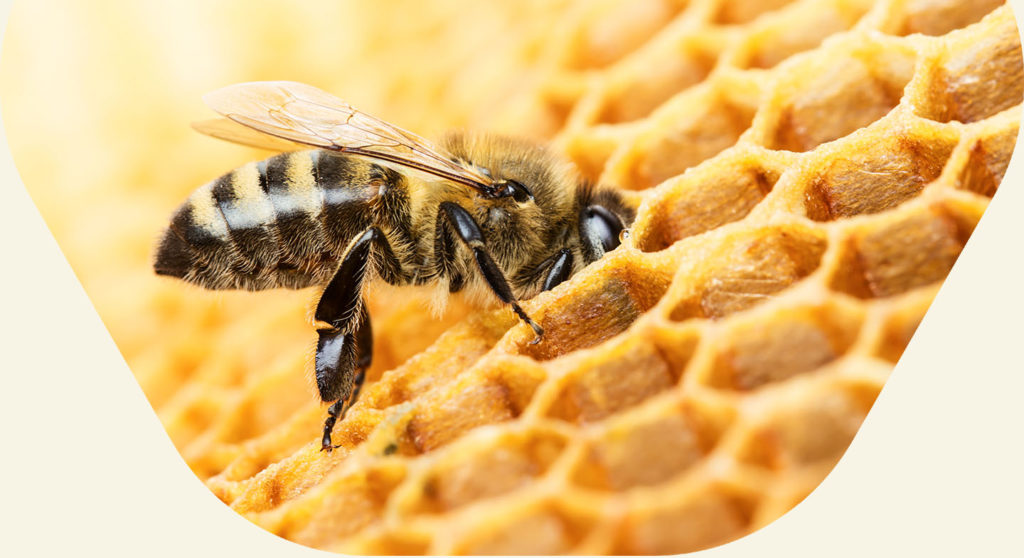API of the Month
Mathieu Domecq
Editor-in-chief of the API blog of the month
This month in your API blog of the month, propolis (or bee glue as it is sometimes known) will be in the spotlight. But do you really know about this beehive product?
We will talk about its origin and potential benefits before finding out what the bees do with this resin. Did you know that a colony produces between 100 and 300 grams of propolis each year?
We’ll take a look at the harvest of this product before reminding ourselves of something that’s essential for the season: Varroa treatment.
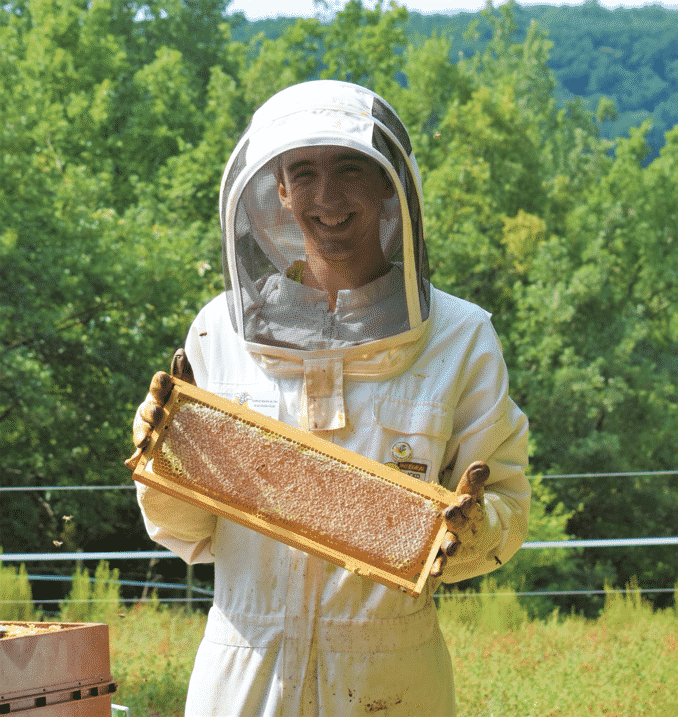
A word on ‘hunger’ in harvests
The end of the year had mixed results depending on the individual regions and beekeepers. Hunger has been felt in the colonies.
The summer heatwave hit the bees: not enough flowers, little nectar and it’s already time to feed the bees for a good winter! The summer was spoiled from May onwards despite a promising spring.
Perhaps we’ve not yet seen the worst of it. If the temperatures continue to be high throughout autumn, the broods will remain large, the queens will not lay any fewer and we will have a lot of foragers. However, without flowers and self-feeding, the colonies will empty their winter reserves. Feeding may therefore be more important than expected…
Propolis
Do you really know about propolis? It’s an essential resin for the life of the hive. This sticky, brown elastic material is gathered by bees from various trees. In France, it’s mainly produced from poplar trees. Currently, propolis is even seen as a food supplement.
Propolis is therefore a foodstuff intended to supplement the normal diet, as a concentrated source of nutrients with nutritional and physiological effects.
Poplar and propolis! This melliferous tree is a precious ally for our bees. Propolis, a strange material that can be sticky, malleable or very robust and taken from the hive is now used in the following applications:
– for skin care products
– against dermatosis, fungus and burns
– to aid healing
– to treat the mouth and airways
The bees carry it in the form of red drops, hung on their hind legs as they do with pollen. These drops come from the bud on our tree.
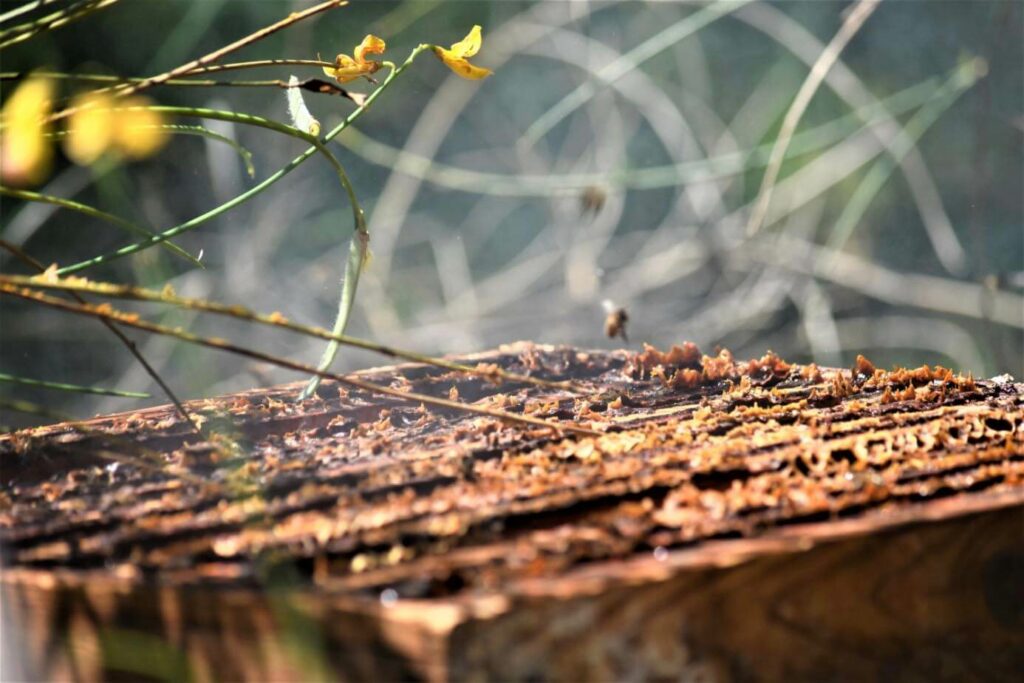
Photo taken on Les Ruchers De Mathieu Photo prise sur Les Ruchers De MathieuPhoto prise sur Les Ruchers De Mathieu
In addition to the poplar, we also have other trees such as alder, birch, willow, ash, pine and fir. Originally, propolis appeared on the buds of these trees and protected them from moisture and fungal or bacterial attacks.
Back at the beehive, our bee will use this propolis for many tasks:
– reducing entrances
– painting the inside of the hive
– gluing and plugging holes
– chocking the beekeeper’s frames so they don’t move when transported
– mummifying any intruders in the hive that they cannot expel
Most importantly, the nurse bee can maintain perfect cleanliness by sanitising the environment for larvae breeding.
How does the exchange of propolis in the hive take place?
Once recovered from the buds, the bees pass little balls of it from bee to bee, while mixing it with salivary enzymes, pollen and wax. A paste composed of 50% resin, 30% wax, 10% essential oils (perfumes), 5% pollen and 5% various minerals is obtained.
Making propolis
It’s not that hard to produce propolis on your beehives as an amateur. Nevertheless, beekeepers who want to start producing quality propolis will have to follow five rules:
– good beekeeping practices
– product traceability (from the hive and to the end product)
– analysis of the risks incurred by the propolis at each production phase
– establishing a procedure to eliminate risks
– analyses showing the consistency and purity of the product.
In this blog, we’ll stick to amateur production, for your own consumption.
You can scrape it off the frames or edge of your beehive. However, it may be mixed with wax or contain wood splinters. Alternatively, place a propolis excluder on top of the hive. This plastic mat looks like a queen excluder. In order to create a draught, positioned between the super (or body) and the roof, but without a frame cover, this excluder will be obstructed by the bees.
Once you have either filled or hall-filled the mat, put the propolis in the freezer for 24 hours. All you have to do then is roll it up and the pieces will come off.
Varroa treatment
A step to remember if you haven’t taken it yet.
Varroa, a dust mite that arrived in France in the 1980s, has since invaded almost the entire world. It attacks the bees by eating their wings before sucking their haemolymph (blood). Without chemical or natural treatment, the colony is very unlikely to withstand it. Varroa has risen to more than 6,000 individuals this season in the hives. Therefore, the impact of infestation must be reduced very quickly.
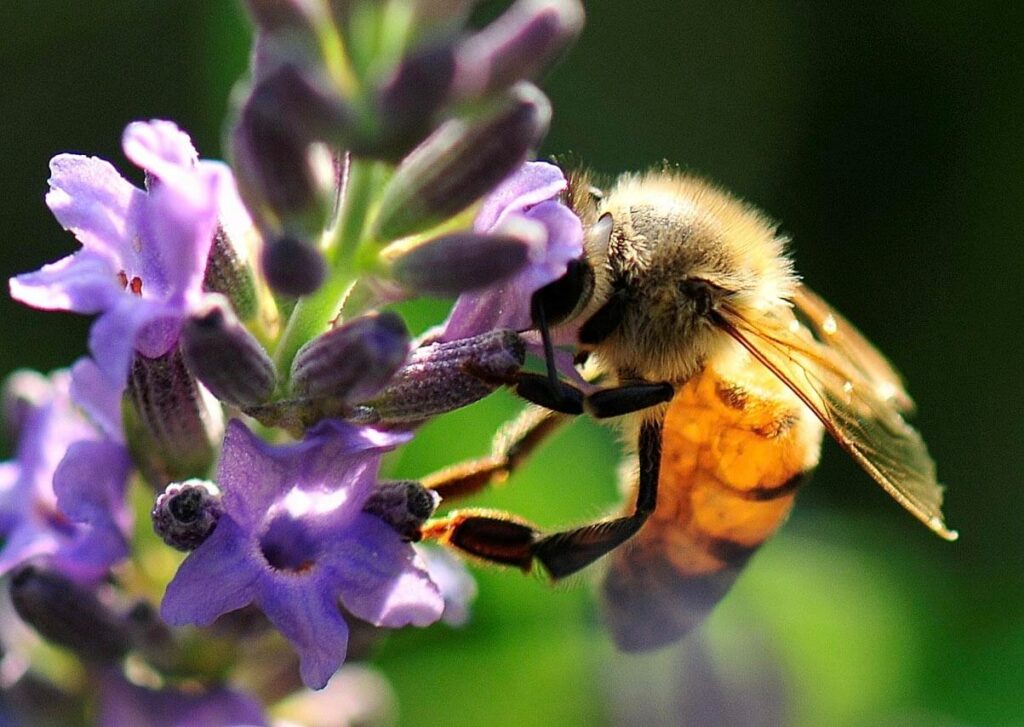
Varroa recurs and develops rapidly in our bees’ larval stage. When our nymph, which originally had one varroa, hatches, three or four will emerge.
There are many treatments on the market. Products such as Apivar and Apistan are easy to obtain from your pharmacy, and are effective and easy to use.
When it comes to professionals, some prefer to take care of treatments themselves, using oxalic acid, for example.
As usual, share photos of your harvest with us: they will be posted on our website from social media using the hashtag: #apifonda #apiinvert!
We shall be back next month on your API blog with your faithful partner, Les Ruchers De Mathieu!
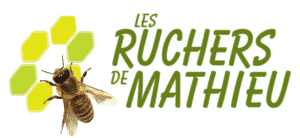
LES RUCHERS DE MATHIEU
Honey & Beekeeping Shop
Photos ©lesruchersdemathieu
